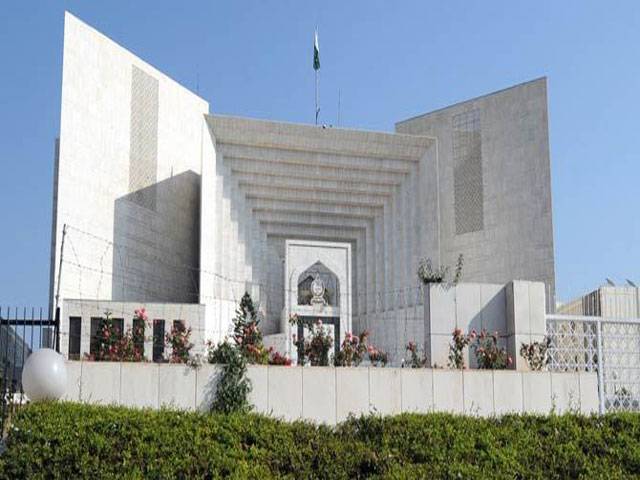ISLAMABAD - The Supreme Court yesterday directed parties to examine the expert reports on the environmental aspects of the Orange Line Project and file objections, if any, by the first week of January 2017.
A five-member bench, headed by Chief Justice Anwar Zaheer Jamali, heard the Nespak, Lahore Development Authority, Punjab Transit Authority and the Punjab government appeals against the Lahore High Court verdict.
On 13th October, the bench constituted a two-member commission of technical experts comprising TYPSA – Asia Consulting Engineers (Pvt) Ltd and Professor Robin Cuningham, Unesco Professor in Department of Archaeology, University of Durham, UK.
The commission was directed to re-verify credibility of Nespak reports of July 2015 and February 2016 in context of Antiquities Act, 1975 and Punjab Special Premises (Preservation) Ordinance, 1985. The chief justice held the technical expert reports submitted on December 1 were conflicting.
The findings in both the reports on the Nespak stance are completely opposite to each other regarding construction of Orange Line Metro Project.
The findings of TYPSA, Consulting Engineering, are that the Nespak reports seem to be very serious and complete from structural point of view.
It is relevant with respect to safety and stability of buildings both during the construction stage and under the train operation.
The approach adopted by the Nespak is conservative that gives vibration velocities higher than actual.
The TYPSA report states; “The Nespak reports rightly conclude that the levels obtained by calculation will be within the permissible limits and there will be no adverse effect on any of these sites.”
It concludes that the reports of the Nespak reports are in compliance with the international codes and standards. The Nespak studies are comprehensive and complete and their results are correct with acceptable limits.
However, Prof Robin’s report is that both the Nespak reports have significant failings and oversights in the context of Antiquities Act, 1975, and the Punjab Special Premises (Preservation) Ordinance, 1985.
It has strongly recommended that their failings be mitigated by the urgent commissioning of comprehensive and credible inter-disciplinary heritage impact assessment.
It said the Lahore Orange Line Metro Train route clearly contravenes clause 22 of the Antiquities Act, 1975, and clause 11 of Punjab Special Premises (Preservation) Ordinance, 1985, as its execution evidently represents a development scheme and involves new constructions with 200 feet of the five immovable antiquities protected under the act and the ordinance.
The project also contravenes clause 23 of the act as it is associated with the erection of poles to support its viaduct near the five immovable antiquities.
The report further says the Nespak July 2015 report fails to consider the effects of vibrations from viaduct piers on two additional potentially affected buildings.
These include the surviving Mughal reservoir which forms part of the Shalamar Gardens, protected by the Antiquities Act and Lakshmi Building, protected under the Ordinance, 1985.
The Nespak’s July 2015 report fails to present a physical and technical evaluation of the stability of five potentially affected monuments.
The report says it was clear failing of the Nespak’s July 2015 report that it did not evaluate or present the potential impact and vibrations from the viaduct piers once they have reached the end of the practical lifespan.
Prof Robin report also states, that neither Nespak’s July 2015 nor February 2016 reports make reference to the potential damage to subsurface parts of the immovable five antiquities and special premises.
He says the reports presented those structures as single-isolated monuments, whereas they represent portions of garden complexes within enclosing walls and gates, all of which were equally protected by Pakistani law.






